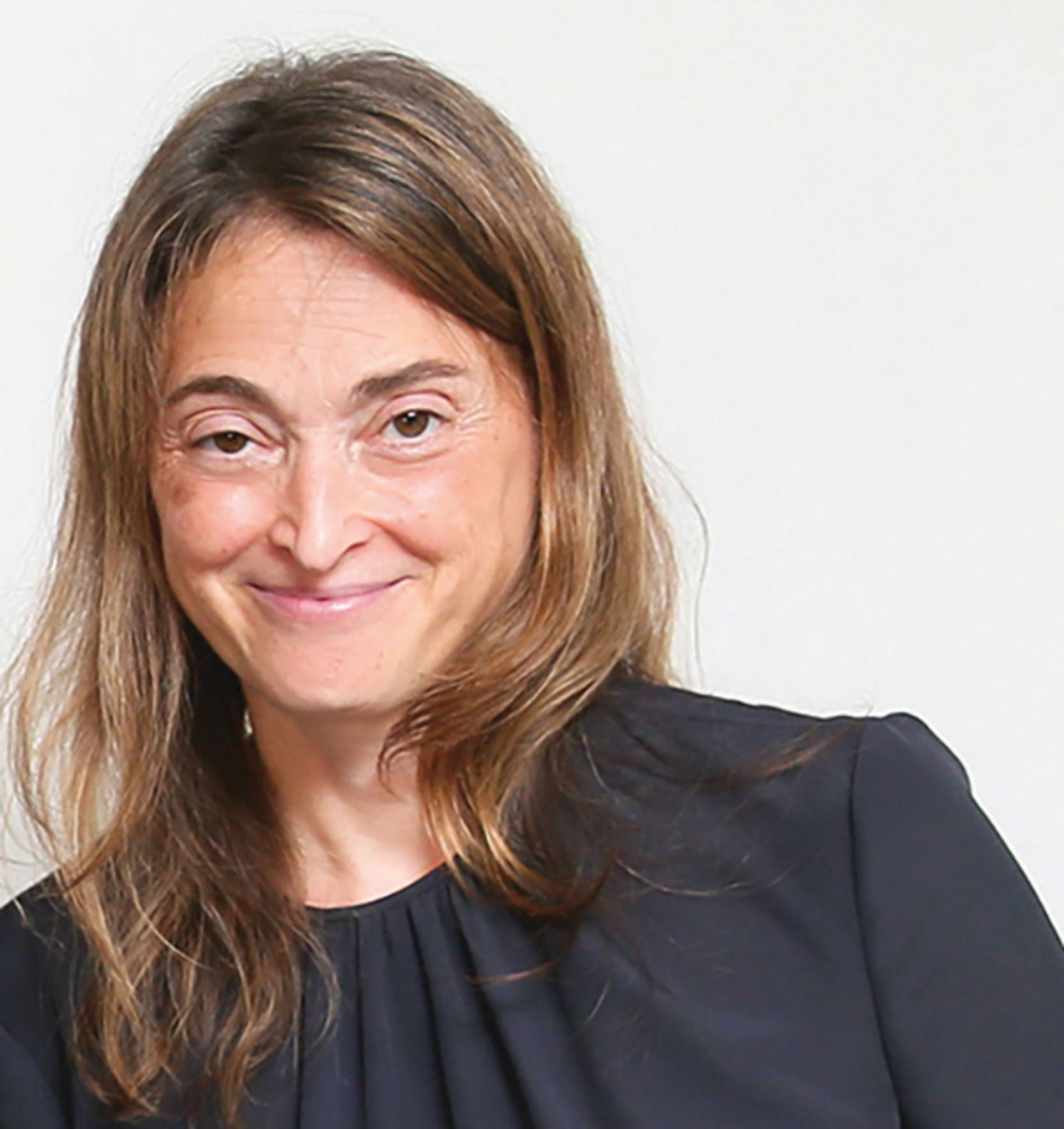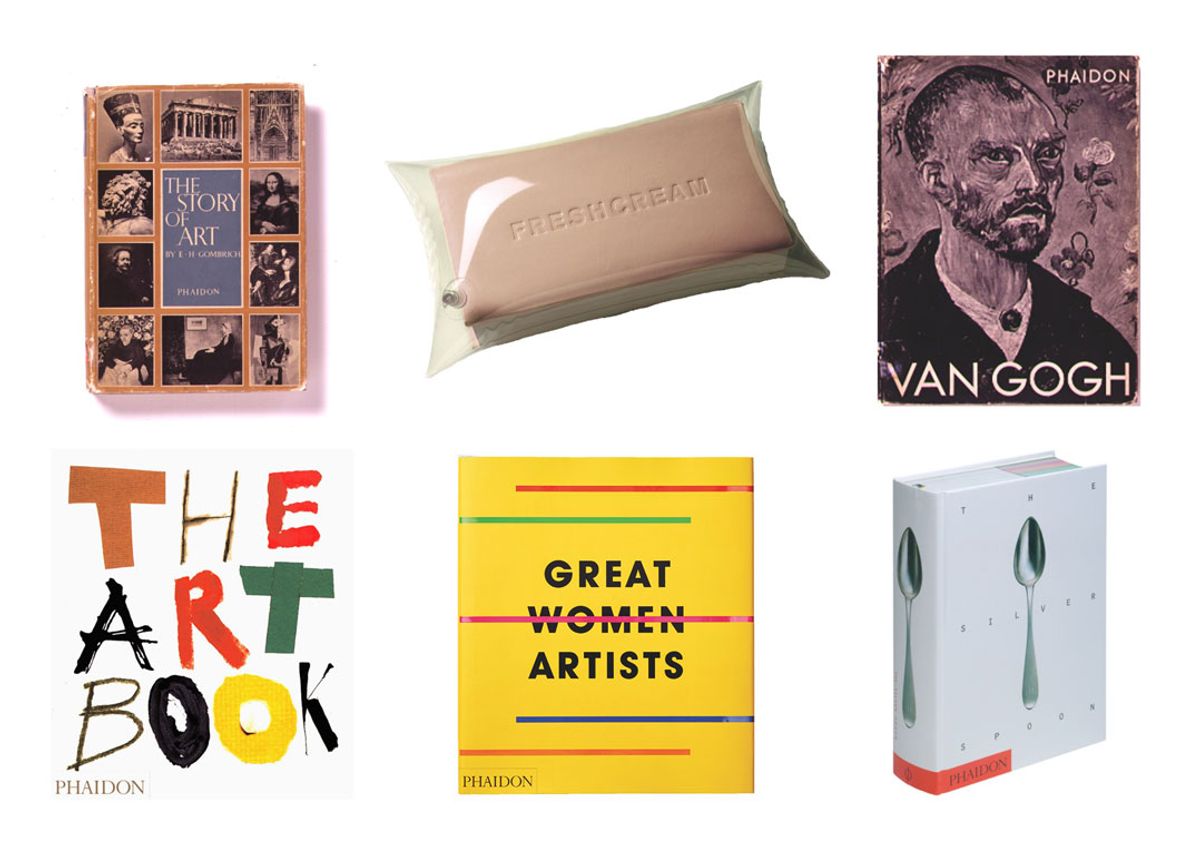The pre-eminent art publisher Phaidon celebrates its 100th anniversary this year. Deborah Aaronson, the company’s vice-president and group publisher, explains how the company’s founders—Béla Horovitz, Frederick “Fritz” Ungar, and Ludwig Goldscheider—revolutionised art book publishing a century ago when they founded the company in Vienna.
“Simply stated, Phaidon invented the accessible art book,” Aaronson says. “When Phaidon was formed, the founders conceived of a new style of book: a large format, generously illustrated, and affordably priced monograph on a single artist: Vincent van Gogh [published in 1936].” She adds, however: “The initial response to the idea from booksellers was unenthusiastic.” Nevertheless, the following year Phaidon went ahead and published the book on the famed Dutch painter. Within two days of publication, 55,000 copies were sold.
When the company was founded in 1923, Horovitz, Ungar, and Goldscheider were determined to publish “art for all”. Horovitz especially was keen to spread his love of classical culture, giving the new enterprise the unusual moniker of Phaidon (the German name for Phaedo, a pupil of Socrates).
“Recently, we’ve pushed ourselves to think about which histories may not have been told and where we might add to the always evolving art historical canon”Deborah Aaronson
Aaronson highlights some of the key decisions that have had an impact on the publisher’s fate over the years. “Phaidon’s move to London in 1938 [to flee the Nazis] was undoubtedly the most meaningful in its history. The founders’ decision to leave Vienna, with help from Albert Einstein and Thomas Mann, and with financial advice from UK publisher Stanley Unwin, undoubtedly saved [their] lives,” she says.
A revolution came in 1950 with The Story of Art, by Ernst H. Gombrich, which has become the most successful art history book ever published, selling more than eight million copies (despite it infamously including just one female artist, Käthe Kollwitz, in its 600 pages that span more than 12,000 years of history).
The following year, Phaidon made waves with its first colour-plate book—another Van Gogh tome with 50 images. The move pioneered the process by which artists’ work, readily available in colour, was disseminated to a wide audience at an affordable price, Aaronson says.

Deborah Aaronson, Phaidon’s vice-president says beautifully designed printed books are here to stay Photo: Angela Pham, © BFA
When Horovitz died suddenly in New York in 1955, Phaidon carried on under the direction of his son-in-law, Harvey Miller who continued producing high-end monographs and catalogues. But things did not always go smoothly.
“Phaidon’s diversification, after it was sold in 1974 to Dutch publishing house Elsevier, did not go so well; with Elsevier’s influence reflected in publications such as A Guide to the Pigeons of the World,” Aaronson says. The entrepreneur Richard Schlagman acquired Phaidon Press in 1990, re-energising the publishing programme.
Hiring the Pentagram design agency co-founder Alan Fletcher in 1993 as its creative director turned around the company’s fortunes, Aaronson says. The Art Book, a dictionary of the art world, Paul Arden’s advice book It’s Not How Good You Are, It’s How Good You Want to Be and The Silver Spoon cookery book, which established Phaidon’s food list, all boosted sales and profile, though some art and design purists balked at the expansion into other subject areas.
In 2012 Phaidon came under new ownership. A recent move into new categories such as interior design, gardens, fashion and pop culture has broadened the remit (other key strategic developments include entering the art editions business via sister company Artspace and purchasing The Monacelli Press publishing house in 2020). According to trade publication The Bookseller, Phaidon had a turnover of £33.7m in 2022, up 21% on the previous year.
“Recently, we’ve pushed ourselves to think about which histories may not have been told in the past, or at least not told in depth, and where we might add to the always evolving conversation about the art historical canon,” Aaronson says. The result is the book Great Women Artists (2019), a broad survey of 400 artists from more than 50 countries. “Although arguably a narrower subject than a general art history, it clearly struck a chord with audiences and has sold tens of thousands of copies and gone into multiple printings,” she says.
Phaidon has also focused on geographies outside the US and Europe, home of more traditional art canons. “Our book African Artists: From 1882 to Now (2021) has been a huge success and it will be followed this fall with Latin American Artists: From 1785 to Now.”
The print versus digital conundrum continues to fox publishers. Aaronson says: “As eBooks grew in popularity, many illustrated book publishers experimented with ways to deliver their content digitally. Most of those experiments were not particularly persuasive and digital art books never really caught on. Now we view digital as a way to reach and engage customers through our website, social media, and marketing partnerships.” Beautifully designed printed books are here to stay, she stresses.
Indeed, art book connoisseurs are keen to know if art and design publications will remain a priority for Phaidon. “As contemporary culture consistently demonstrates, which subjects and makers can be considered ‘art’ and ‘artists’ expands every day. We have always, and will always, publish important books with, and about, the most important artists of our time,” Aaronson says.


